Innovative tools for diversity, equity and inclusion in urban planning
One of the things I continually tell my students is that there are no ‘answers’ in urban planning but that if we ask the right questions we may get better ideas on how to approach the challenges we face in “managing our co-existence in shared space” (Healey, 1997, p3). Two questions that have been interesting my students this academic year are:
How do we move beyond the basic formats of public meetings and town hall discussions which simply ‘round up the usual suspects’?
How do we think more creatively in developing innovative tools for diversity, equity and inclusion in urban planning?
Here are just some creative approaches they found.
GoBoston 2030
Since January 2015, Boston has been engaging in a visioning project, in which the city reached out to residents through a variety of mechanisms to find out what they envisioned for the future of transportation in and around Boston. Starting with “The Question Campaign” in January and February 2015, a “Question Truck” solicited feedback at 15 stops in Boston neighborhoods, gathering almost 5,000 questions from residents, such as “How will global warming affect transportation?” and “When will Boston have high-speed infrastructure?’
At the beginning of May 2015, Boston put on a two-day “Visioning Lab” that was free and open to everyone in the community. People were encouraged to visually share their ideas of what Boston’s transportation could be by creating collages and models at the “Creation Station.” All of the questions collected from the “Question Campaign” were on display. More than 600 people participated in the Visioning Lab. The information gathered there was used to guide the Vision Framework. In fall 2015, the city of Boston continued to gather feedback from the community on the Vision Framework, through a series of “Idea Roundtables” with the Transportation Department, collecting ideas online, and an “Ideas on the Street” pop-up truck.
Photo Credit: GoBoston 2030
Planning Gets Creative: Innovative Community Engagement Tools
Diego Velasco, who works at MW Steele Group, an architecture and planning firm in San Diego wanted greater citizen engagement in San Diego’s planning projects. He created, “POP-UP OUTREACH,” visually appealing mobile engagement sites. These sites included interactive blackboards and suggestion boxes. The goal was to hear from those who are typically underrepresented at public meetings. The trucks would set up in areas that get a lot of foot traffic in order to bring the outreach efforts to the public. Morton Brown, Public Art Manager for the Pittsburgh Department of City Planning, employed the help of public art experts to help get feedback on PlanPGH, the City of Pittsburgh’s comprehensive plan. They created TalkPGH, a talk show that traveled around Pittsburgh’s 90 neighborhoods to discuss with residents.
Case Study: Twin Cities Metropolitan Region, MN: Innovative Engagement for Equity
Transportation
The Twin Cities region created Corridors of Opportunity, a program that focused on promoting the transit system to encourage economic development and connect residents to new jobs, housing, and recreational opportunities. The Metropolitan Council wanted to “engage diverse and underrepresented populations, and incorporate their ideas in the planning process” (p 1 of pdf). A community engagement team (CET) was created to make sure that the diverse communities that live along the corridors were kept informed of the development plans. CET realized that working with local community groups would provide them better access to the residents than they would have working on their own.
To facilitate community engagement, Corridors of Opportunity made several grants to community groups. These groups created their own outreach strategies that were best aligned to the neighborhood in which they worked. The bottom line was that underrepresented populations, such as “low-income, communities of color, immigrant communities, persons with disabilities and more” were communicating their desires within an existing framework with which they were comfortable (p 2-3 of pdf).
The Cell Phone Diaries
The Cell Phone Diaries, a variant on photovoice, is a project in which African-American residents in South Park East Raleigh, NC were trained to use smartphones to take videos documenting their experiences and memories of historic Chavis Park. Workshops and individual interviews were also conducted as part of this program. This project came about after the city proposed to relocate a historically significant carousel in the park, prompting public outcry. In an attempt to prevent the relocation, South Park East Raleigh Neighborhood Association Preservation and History Program (SPERNA), was called in to document the importance of place that the park and the carousel have for the community.
Screen capture of Google online map linking cellphone diaries to locations. Photo credit: Kofi Boone
On-site methods of engagement, such as taking video at the park on their phones, sparked for many of the participants a more rich and detailed narrative, versus those who were interviewed off-site. The video footage also created more awareness for others in the city. Since the videos were easy to share online, many more people were interested in the project and saw them than if they had been text-only.
(See: Boone, K. (2012). Cellphone Diaries: Mobile Technology and Self-Authored Digital Videos in Asset Mapping. PRISM: A Journal of Regional Engagement, 1 (2). Retrieved from http://encompass.eku.edu/prism/vol1/iss2/7)
Urban Agriculture as Tool for Inclusion and Equity in Cities
For years, urban agriculture (and what I described in an earlier blog posting as New Agricultures) has been used as a way to bring diverse groups of people together, working together toward a common goal. In this way, urban agriculture is a powerful tool with many for multiple ends – not only does it result in growing food, but it can also act as a microcosm for social change.
PolicyLink’s 2012 report Growing Urban Agriculture: Equitable Strategies and Policies for Improving Access to Healthy Food and Revitalizing Communities outlines many of these concepts:
-Farming training programs, such as that offered by the Latino Farmers Cooperative of Louisiana, provide instruction in Spanish so that Latino farmers can start their own small businesses (page 24). Just Food in New York offers a certificate program for adults.
-When families are able to grow their own produce in a community garden, they can on average meet about “30 to 40 percent of their produce needs” just from the food in their plot, saving them money on groceries (page 8).
-Urban farms can act as gathering places in the community where people of different generations, ability levels, and ethnic groups can interact.
-Stories about food (see my Urban Food Stories website) can act as powerful catalysts to help communities in their peacemaking efforts, and storytelling can be a powerful and compelling tool for food justice.
Sayed from Nubia, a region surrounding the Nile River in Northern Sudan. Photo Credit: Emma Scudder
Sayed started NUBIA in the Dudley Street Neighborhood of Boston, to preserve Nubian history and culture. Photo Credit: Emma Scudder.
Social justice doesn’t just happen. We must be both intentional and explicit in our commitment to it. These creative approaches to diversity, equity and inclusion in urban planning cannot guarantee greater social justice in communities but they can begin to focus our attention on what is working to bring new voices to placemaking in urban areas.
Research carried out by Elizabeth Gohringer MA Candidate, Urban & Environmental Policy & Planning, Tufts University
References
Healey, P. (1997) Collaborative Planning (London, Macmillan).
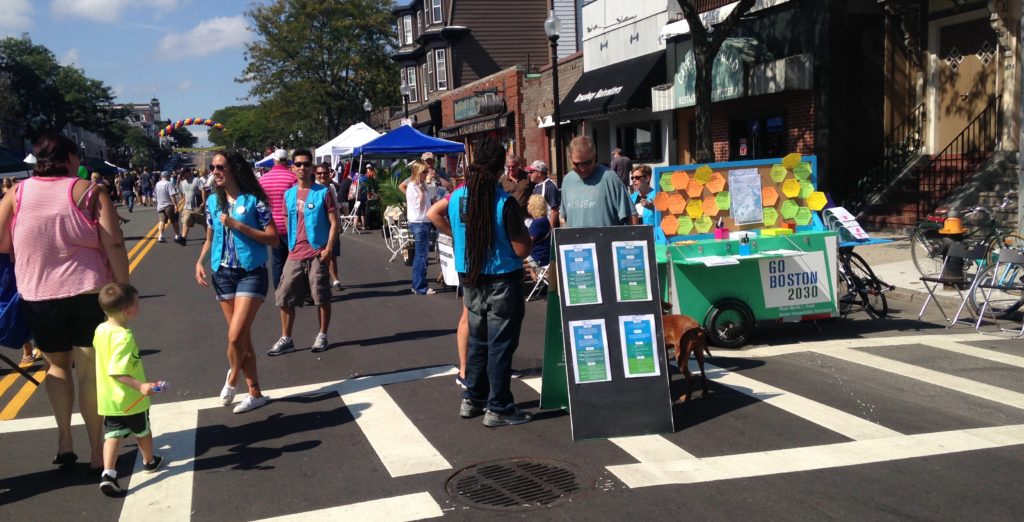
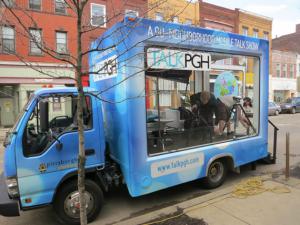
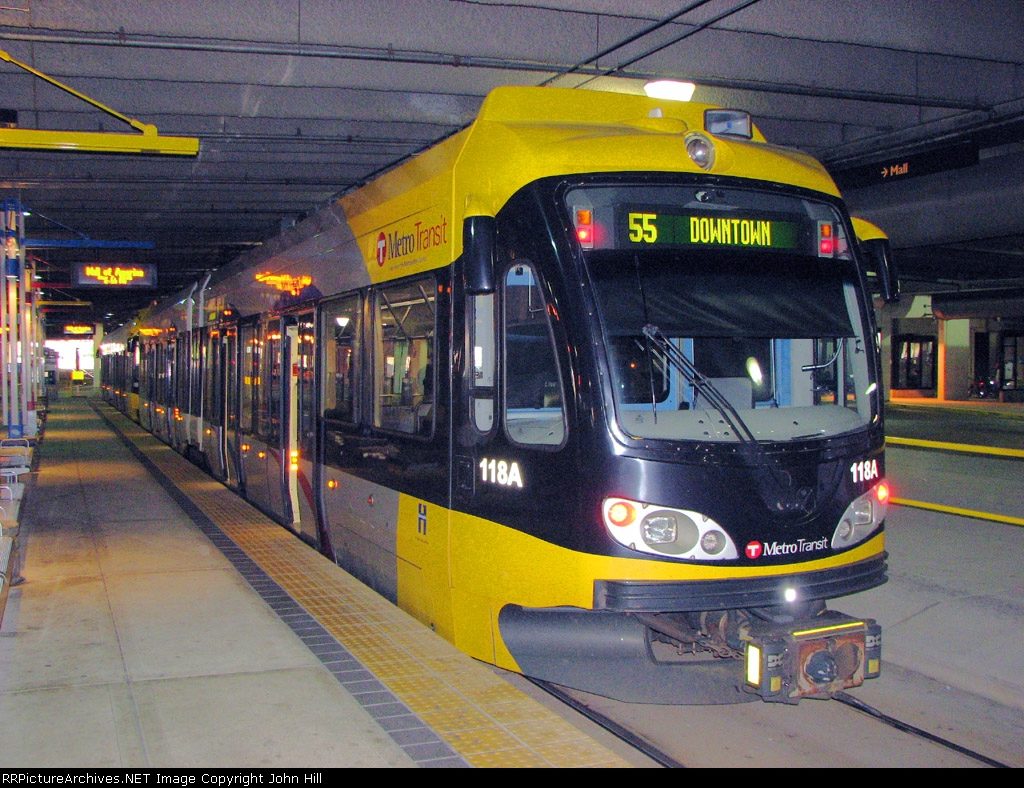


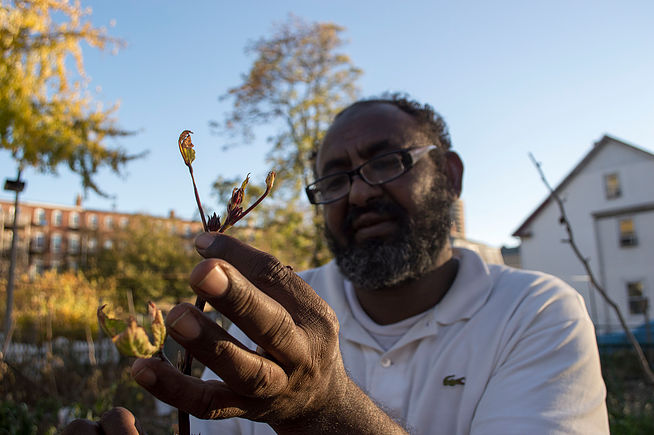
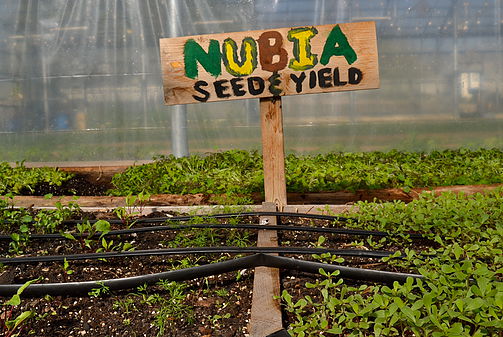
I’m sure urban planning can get quite complicated with all the different voices involved. However, input can be essential to ensure that residents, businesses, and industry all stay happy and work together for stable economic growth. I like how San Diego used outreach and suggestion boxes to incorporate more feedback and participation. Hopefully methods like this can help urban planning efforts towards the best solutions.
Really useful. Thanks for compiling Julian.